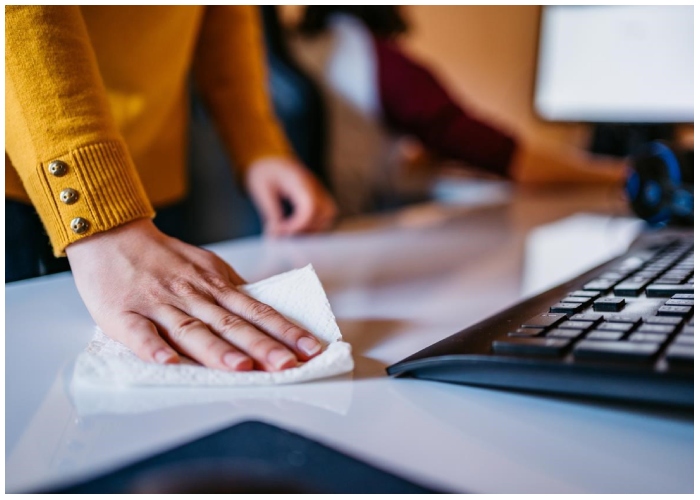Some of the most transformative changes in how your day feels have nothing to do with a new job, new habits, or even more free time. Often, the biggest difference comes from how you move between things. These in-between moments—what we call transitions—can either reset your nervous system or leave you feeling rushed, scattered, and out of sync. In a world where people try to pack as much as possible into every hour, we rarely give thought to how we shift from task to task, space to space, or role to role. But improving transitions might just be the quietest lifestyle upgrade you can make—and the one with the most immediate impact.
The Problem With Crash-Landing Into Your Day
Waking up and instantly checking your phone, scrolling emails, or diving into news alerts sets the tone for a chaotic morning. You may not notice it right away, but starting your day in reactive mode trains your brain to chase, not lead. A slow, intentional start—even if it’s just five minutes of stillness, journaling, or stretching—creates a sense of agency. You’re beginning the day by tuning in, not tuning out. It’s a mindset shift that carries into everything that follows.
The Commute Was Never Just About Getting Somewhere
For remote workers especially, the loss of a commute has also meant the loss of a built-in buffer between home life and work mode. This missing transition leaves people mentally disoriented—physically in one place, emotionally still in another. Reintroducing some kind of deliberate shift—whether it’s a walk around the block, a change of clothes, or a ten-minute playlist—helps reset your internal state. You’re not just moving locations; you’re preparing your brain for the role you’re about to step into.
Work-to-Home Mode Requires More Than Logging Off
Shutting down your computer doesn’t mean your mind follows suit. Many people carry the momentum of their workday straight into dinner, conversation, or evening routines.

A better transition can be as simple as cleaning your workspace, turning on different lighting, or doing a short, physical task like watering plants or changing into home clothes. These cues tell your body it’s time to shift gears and help reduce the mental spillover that keeps you from truly relaxing.
Micro-Transitions Between Tasks Matter, Too
It’s not just the big parts of the day that benefit from intentional pauses—so do the little ones. Jumping directly from a Zoom call to an email to a Slack thread to another task without even a breath in between leaves your nervous system in a constant state of urgency. Instead, try taking thirty seconds to breathe, stretch, or look away from your screen between tasks. These micro-breaks aren’t indulgent—they’re grounding, and they help you show up more fully for whatever comes next.
Even Meals Deserve a Proper Transition
Eating on autopilot while staring at a screen isn’t just bad for digestion—it disconnects you from one of the most restorative parts of your day. Before you eat, take a moment to step away from your work or slow down your thoughts. Turn off the noise, sit somewhere different, and allow yourself to experience the act of eating as its own thing—not just something you squeeze in between everything else.
From High-Stimulation to Sleep Requires Intention
Many people struggle to fall asleep not because they’re not tired, but because they haven’t given their mind a chance to catch up. Ending the night with one last scroll, show, or email leaves your brain buzzing long after your head hits the pillow. A better sleep transition involves dimming lights earlier, avoiding screens, and doing something analog—like reading, listening to music, or simply sitting in quiet. You’re not powering down a machine; you’re letting your system settle.
Transitions Can Be Anchors in an Unpredictable Day
Even on chaotic days where your schedule shifts constantly, transitions offer tiny moments of control. They’re a way to steady yourself before diving back in. They don’t have to be fancy—some people use scent, like lighting a certain candle for focus; others use sound, like playing the same playlist before deep work. These repeatable cues train your brain and offer a touchpoint in a world that often moves too fast to keep up with.
Better Transitions Create a Better You
The way you move through your day says more about your lifestyle than any single routine. You don’t need to overhaul your life to feel more grounded—you just need to notice what happens in the spaces in between. With more mindful transitions, you’re not just shifting gears—you’re regaining presence. And presence, more than productivity or optimization, is what turns your daily routine into a life that feels worth living.